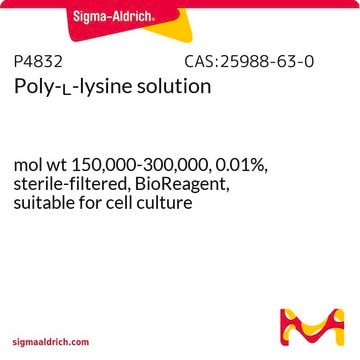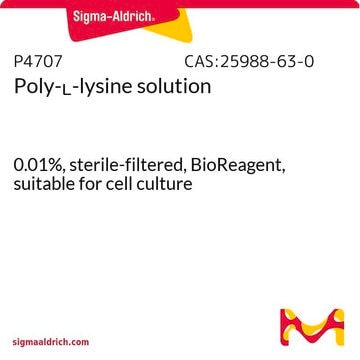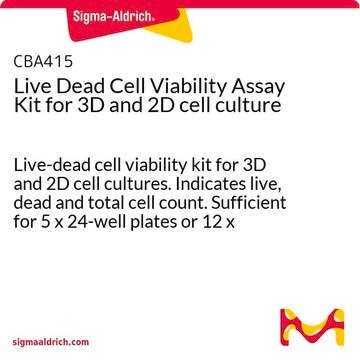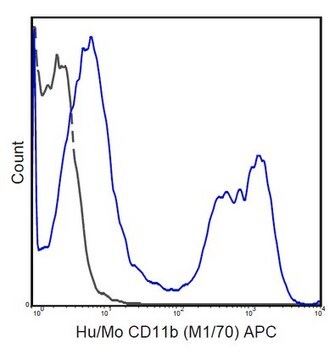FCMAB113A4
Anti-Oct-4 Antibody, clone 10H11.2, Alexa Fluor™ 488 conjugate
clone 10H11.2, from mouse, ALEXA FLUOR™ 488
Sinónimos:
Octamer-binding transcription factor 3, POU class 5 homeobox 1, POU domain class 5, transcription factor 1, POU domain, class 5, transcription factor 1, POU-type homeodomain-containing DNA-binding protein, octamer-binding transcription factor-3
About This Item
Productos recomendados
origen biológico
mouse
Nivel de calidad
conjugado
ALEXA FLUOR™ 488
forma del anticuerpo
purified antibody
tipo de anticuerpo
primary antibodies
clon
10H11.2, monoclonal
reactividad de especies
human
técnicas
flow cytometry: suitable
immunocytochemistry: suitable
isotipo
IgG1
Nº de acceso NCBI
Nº de acceso UniProt
Condiciones de envío
wet ice
modificación del objetivo postraduccional
unmodified
Información sobre el gen
human ... POU5F1(5460)
Descripción general
Especificidad
Inmunógeno
Aplicación
Antibody dilution for cellular staining:
• Prepare an antibody working solution by diluting 1:5 the primary antibody with PBS.
• Dispense the volume per test of working of solution according to the number of cells indicated in the table below.
• 5 µL for Guava Flow Cytometer
• 10 µL for other Flow Cytometry instruments
| Working Solution | Cells / test | Total Reaction Volume |
|---|---|---|
| 5 μl | 5 x 105 Cells / 95 μl PBS | 100 μl |
| 10 μl | 1 x 106 Cells / 90 μl PBS | 100 μl |
Stem Cell Research
Pluripotent & Early Differentiation
Calidad
Descripción de destino
Forma física
Almacenamiento y estabilidad
Nota de análisis
Human embryonic stem cells
Información legal
Cláusula de descargo de responsabilidad
¿No encuentra el producto adecuado?
Pruebe nuestro Herramienta de selección de productos.
Código de clase de almacenamiento
10 - Combustible liquids
Clase de riesgo para el agua (WGK)
WGK 2
Punto de inflamabilidad (°F)
Not applicable
Punto de inflamabilidad (°C)
Not applicable
Certificados de análisis (COA)
Busque Certificados de análisis (COA) introduciendo el número de lote del producto. Los números de lote se encuentran en la etiqueta del producto después de las palabras «Lot» o «Batch»
¿Ya tiene este producto?
Encuentre la documentación para los productos que ha comprado recientemente en la Biblioteca de documentos.
Active Filters
Nuestro equipo de científicos tiene experiencia en todas las áreas de investigación: Ciencias de la vida, Ciencia de los materiales, Síntesis química, Cromatografía, Analítica y muchas otras.
Póngase en contacto con el Servicio técnico








